Common Mining Hazards & Safety Gears
Mining sector is critical to India’s economic and social well being. Mining and quarrying sector has a contribution of around 2.39 % of Gross Domestic Product (GDP) of the country. The latest figure on Index of Industrial Production (IIP) shows 2.9 percent growth of mining sector. The economic reforms and changes in the economy in the recent past had led to growth of mining sector by making it more competitive in a world of competition. In the mineral sector, there has been investments no doubt but there are requirements for more investments in the sector. There has been legislative changes and economic reforms in order to increase the investments in the sector in the recent times. India is dependent on its energy sector for its growth and development. In the world where resources are minimal, it is important to use mineral resources efficiently with the usage of new scientific technology. There has been efforts taken to achieve the best use of available of the resources along with safety standards. There has been increase in the output of coal, metal/non-metal and oil/gas through revolution in economic reforms, technological upgradation, intense mechanization, detailed exploration and opening up new projects with regard to the industry and employment is dependent upon the diversification of the sector. The people who are working in the sector is exposed to the risk of health and safety posed by inherent hazards.
From explosions to harsh chemicals and dust, miners are well aware of the hazards that will soon come their way. Mining is considered one of the dangerous industries specifically underground coal mining. Because of the countless hazards faced, workers lean on MCR Safety gear protecting them at work and home. Mining is essential to progress and development for mankind. Mining provides us with the coal needed to power our electrical plants. Iron ore, a mineral, provides the necessary ingredient for creating steel, building block of our modern buildings, cars, trains and ships. Quarrying provides the material needed to build houses, roads and great monuments. Ever since the Industrial Revolution began in 1800’s, we have dependent on mining like no other time in history. Mining is broken into sub industries based around the metals and minerals developed and produced. When we talk about mining, we are talking about – Nonmetallic Mineral Mining and Quarrying – This industry employs over 94,000 workers responsible for mining gravel, clay, rock, sand and stone. Coal Mining- This industry employs over 49,000 workers extracting coal from the ground. Gold and Silver Metal Mining- This industry employs 15,000 workers in mining metal ore. Copper, Nickel, Lead and Zinc Metal Mining -This industry employs around 15,000 workers engaged in mining metal ore. Iron Ore Mining- This industry employs around 5,500 workers engaged in mining iron ore.
|
Mineral |
Fatal Accidents In Current Calendar Year Upto 30-09-2019 (Number)* |
Date of last Accident |
|
Coal |
46 |
12-09-2019 |
|
Metalliferous |
29 |
20-09-2019 |
|
Oil |
04 |
08-07-2019 |
Mining industry’s growth and development is linked with safety and sustainable minerals development in mines. There has to be importance to be given upon pro-active safety culture awareness among employees. Different initiatives are to be taken in order to translate the vision of “Zero Harm Potential” into an actuality. It is significant to note that even though Mining contributes to 1% of World Employment yet it accounts for 7% of the fatal accidents at the work place. There are reports that say that accident rates came down but it is high in man. There are reports that say that accident rates came down but it is high in many developing countries. The prime areas of concern include lack of adequate training and safety awareness of the contractual workforce, something which is one of the contributory factors in creating unsafe and accident-prone situations in mines. Mine managers and individual miners need to adhere strictly to operational safety procedures. Employers need to provide the right tools and training to every employee to protect the life, health and safety of the workforce, as well as to protect valuable worksites and assets. As leading mining organizations already know, creating a safe working environment means a more productive and profitable mining operation. It also leads to higher levels of worker morale and job satisfaction, which in turn improves employee retention.
Hazards of Mining
Noise: Miners use loud equipment, such as front end loaders, drills, bulldozers, and roof bolters. Since they work in tight spaces, the physical impact of this on hearing can be amplified. Miners have suffered from permanent hearing loss due to not wearing or not being provided the proper hearing protection. Preventing this irreversible damage is a major concern in many mines.
Fires: There are a number of factors that may cause a fire in a mine, from equipment that could create sparks when it comes into contact with rock or an accidental release of gases into the air. For example, if shafts are not sealed or vented properly, a methane ignition could occur. Unfortunately, traditional fire suppression systems may not be suitable for certain mines. Between this and the fact that workers may be unable to escape if a fire breaks out, fire safety is especially important in mining health and safety programs.
Electrical hazards: Electricity is essential in mining, as it allows workers to be able to see and operate machinery. However, this means that several pieces of electrical equipment are used throughout the mine. These pose a risk of arc flash, shock, and fire. Electrical safety training is important for miners, especially if the equipment is dangerous or has recently been extended to a new area.
Vehicle hazards: Industrial vehicles are often used at mining sites, both inside and out. Tractors, cranes, cement trucks, excavators, and man lift baskets are common outdoors, while shuttle cars operate in the tunnels. Operators typically have poor visibility and communication is essential for both the intentions of the operators and any workers who may be doing their job around these vehicles. In fact, a high number of miner fatalities occur through vehicle accidents. Careful traffic plans, extensive training, and high visibility clothing such as safety vests are essential steps to preventing accidents.
Explosions: Flammable gases and chemicals often flow through pipes and the air in underground mines. The two most common explosions that occur come from methane and coal dust. Methane gas is a byproduct of coal, and if either this or the dust comes into contact with a heat source, this may lead to an explosion. This is a serious threat to miners’ safety and the common culprit when multiple workers are injured or killed in a single event. Ventilation systems need to be regularly maintained and checked, and warning signs should be posted to remind workers of safe practices.
Collapses, rock falls, and cave-ins: The natural infrastructure of mines may sometimes lead to disaster. Both the roof and walls are vulnerable to collapse, and rocks and other debris may become unstable and fall, striking workers. Sometimes miners are also seriously injured if they become trapped between the rock wall and vehicles, machinery, or automatic doors. Safety training should be in place and workers should have a plan of action if a cave-in or rock fall ever occurs.
Dust exposure:Miners are at risk for breathing in debris and dust as they work, and over time, the consequences of this can be serious. The most well-known example is black lung disease, which is caused by coal dust and still impacts miners today.
Keys to Ensuring Mining Safety
Although there are a variety of hazards present in mining, there are steps that both employers and workers can take to reduce the risk of these hazards and protect themselves. The following are effective prevention methods:
Hazard communication and visual management: In the shifting environment of a mine, it is essential that workers are aware of hazards and potential dangers at all times. Communication throughout the workplace should be strong and standardized. Visual management of communication includes safety labels, highlighted emergency exits, reflective clothing and signs, and glow-in-the-dark signs. These mining safety supplies are easily available and compliant with federal and local regulations. Using them will inform workers of hazards, guide them to safe areas, and warn about proper safety precautions.
Personal protective equipment: Having the correct mining safety PPE can reduce injuries and fatalities in mines. This equipment includes hard hats, hearing protection, gloves, steel-toed boots, personal fall protection, visible safety apparel such as reflective vests, safety glasses, and masks. Depending on the environment within the mine or the material that is being mined, a powered air-purifying respirator may be required.
Preparation for emergencies: Having a detailed emergency response plan can make all the difference in the case of fires, explosions, and poisonous gas events.Miners should receive training in rapid response and know how to get to the nearest exit.Many mines also install emergency chambers stocked with gas masks, air, food, and water. If workers can reach these rooms and close the doors, they can protect themselves from carbon monoxide and other poisonous gases or from a cave-in, and survive until mine rescue workers are able to reach them.
Strengthening infrastructure to prevent cave-ins: Besides explosions and fires, a major concern among mining operations is a cave-in. Even small events may leave workers with no food or water and limited oxygen for hours at a time. To reduce this risk, companies need to take precautions and practice proper ground control. Ground control includes designing support pillars, reinforcing roof support, and reinforcing the side walls of tunnels through horizontal stress support.
Extensive training, especially on special equipment such as vehicles, and compliance to established health and safety standards: If a worker handles electrical equipment or operates vehicles, specialized training is required. For example, they should understand lockout-tagout practices and wear electrical gloves. Vehicle operators often are fatally injured due to not wearing a seatbelt. Safety regulations for mines have been established by a governing body, MSHA, and these are the guidelines that employers may use to implement health and safety in their workplace.
Personal Protective Equipment for Mine Safety
Miners face a wide variety of hazards in their work environment. From coal dust explosions to an ever-changing environment, there are a multitude of events that may occur and a lot of potential for accidents. When we talk about mining, it is important to focus upon different type of mining safety products such ranging from protection ranging from eye protection to foot protection, from cap lamps to respiratory protection. It depends on the operations being performed and the combination of hazards to which the miner is exposed.
Belts and Harnesses
It is important to note that the miner’s belt is no longer considered suitable or approved for fall protection. The problem is that a webbing or leather belt is still used with or without suspenders and with or without a lumbar support to carry the lamp battery as well as a filter self-rescuer or self-contained (oxygen generating) self-rescuer. So, a full body harness with D-ring attachment between the shoulder blades is now the only recommended device for protecting miners against falls.
Eye and Face Protection
Most mining operations around the world have compulsory eye protection programmes which require the miner to wear.
• Safety spectacles- Safety spectacles with side shields provide suitable protection. The dust and dirt in many mining environments, most notably hard-rock mining, can be highly abrasive.
• Goggles - Goggles are not worn frequently below ground unless the particular operation poses a danger of chemical splash.
• Faceshields or a full facepiece respirator-A faceshield may be worn where the miner requires full-face protection from weld spatter, grinding residues or other large flying particles which could be produced by cutting, chipping or scaling . However, a full facepiece respirator may be worn for face protection when there is also a requirement for respiratory protection against a substance which is irritating to the eyes.
Foot Protection
Although these fundamental requirements have not changed in many years, advances have been made towards meeting them in a boot that is far less cumbersome and far more comfortable than the boots of several years ago. The mining work boot may be of either leather or rubber construction, depending on whether the mine is dry or wet.
Head Protection
There is a interesting thing to note that in most countries miners must be provided with, and must wear, safety caps or hats which are approved in the jurisdiction in which the mine operates. Standards for industrial head protection have changed very little since the 1960s. However, in the 1990s, the boom in recreational head protection, such as hockey helmets, cycle helmets and so on. Thus, there has been pressure to upgrade the standards for industrial head protection and in some jurisdictions this has already happened. Safety caps with foam liners and, possibly, ratchet suspensions and/or chin straps are now appearing in the industrial marketplace.
They have not been widely accepted by users because of the higher cost and weight and their lesser comfort. However, as the new standards become more widely entrenched in labour legislation the new style of cap is likely to appear in the mining industry. Hats differ from caps in that they have a full brim rather than just a front peak. This has the advantage of shedding water in mines which are very wet. It does, however, preclude the incorporation of side slots for mounting of hearing protection, flashlights and face shields for welding, cutting, grinding, chipping and scaling or other accessories. Hats represent a very small percentage of the head protection worn in mines. The cap or hat would in most cases be equipped with a lamp bracket and cord holder to permit mounting of a miner’s cap lamp.



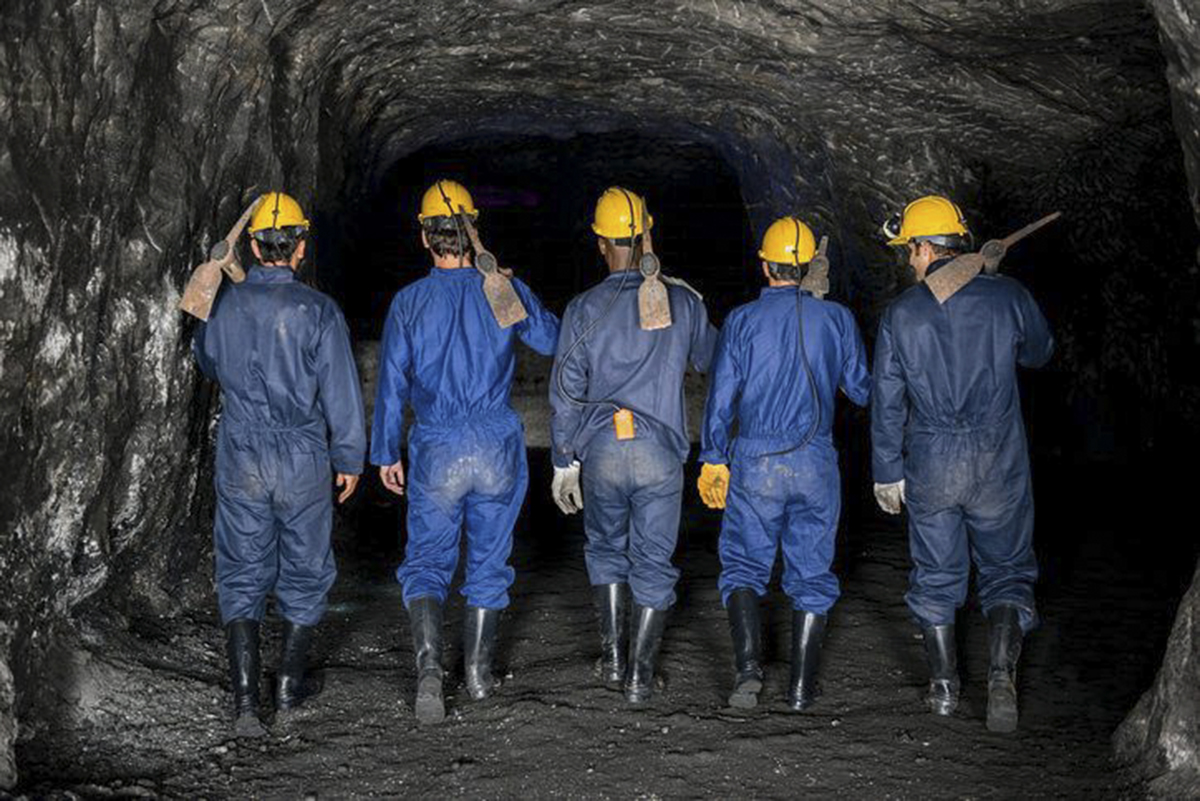

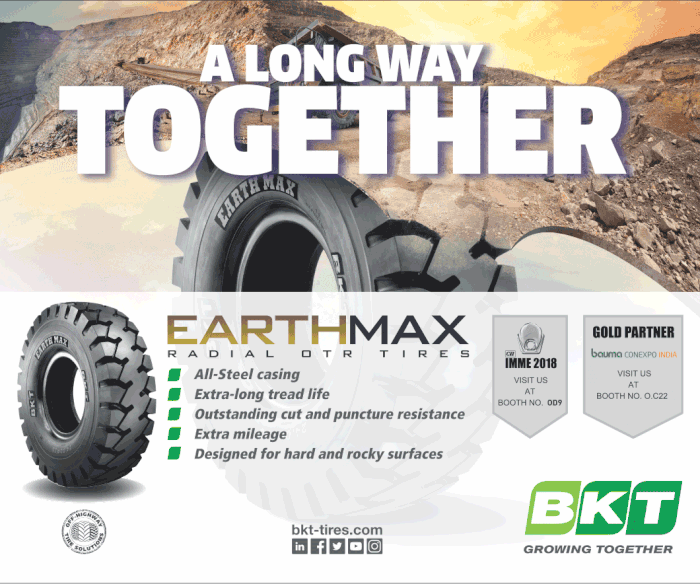
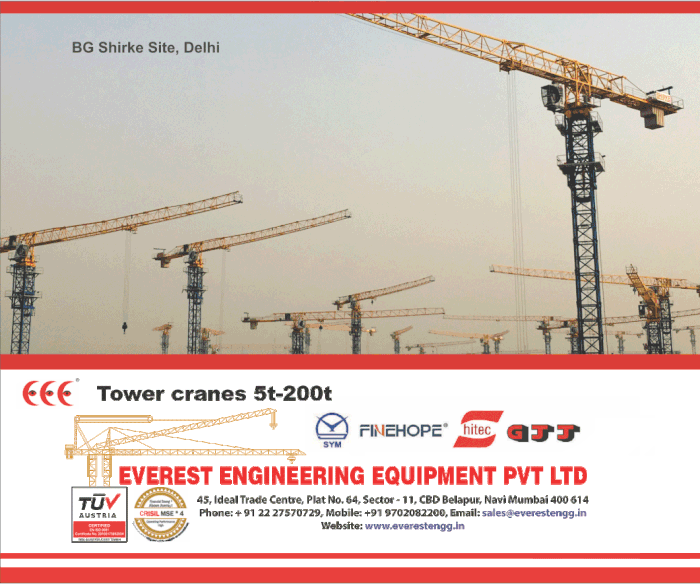
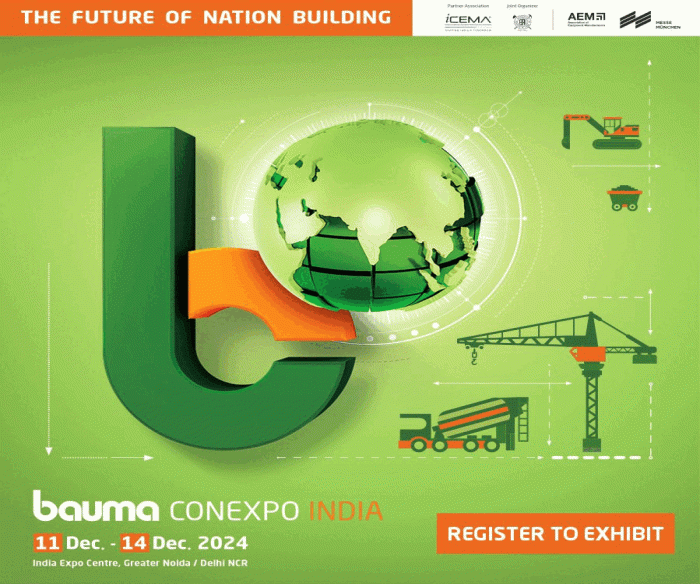
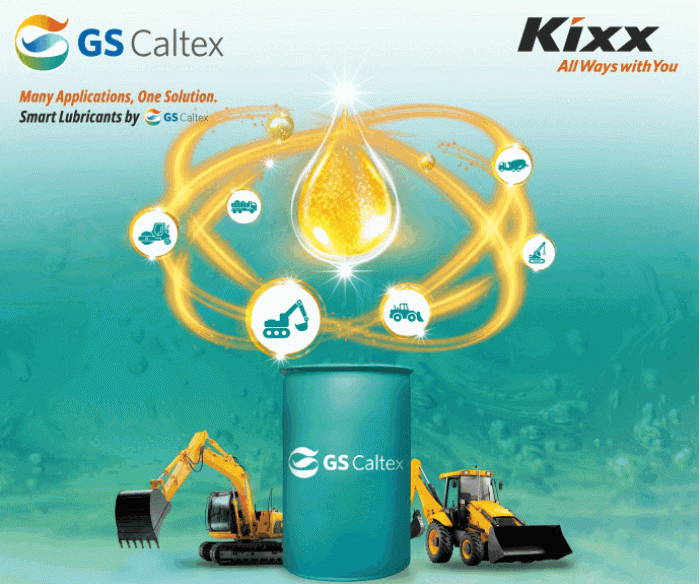
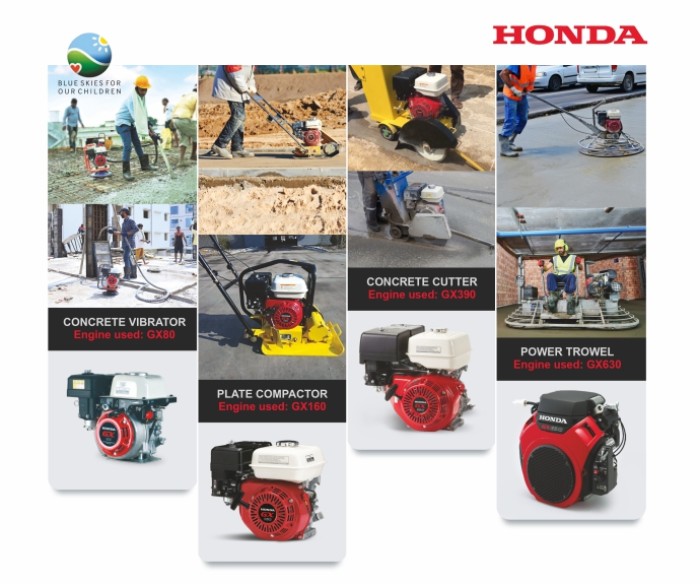
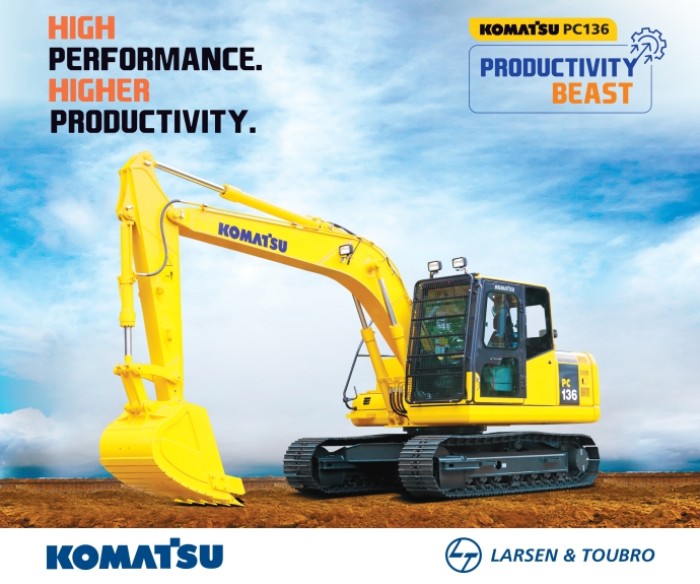
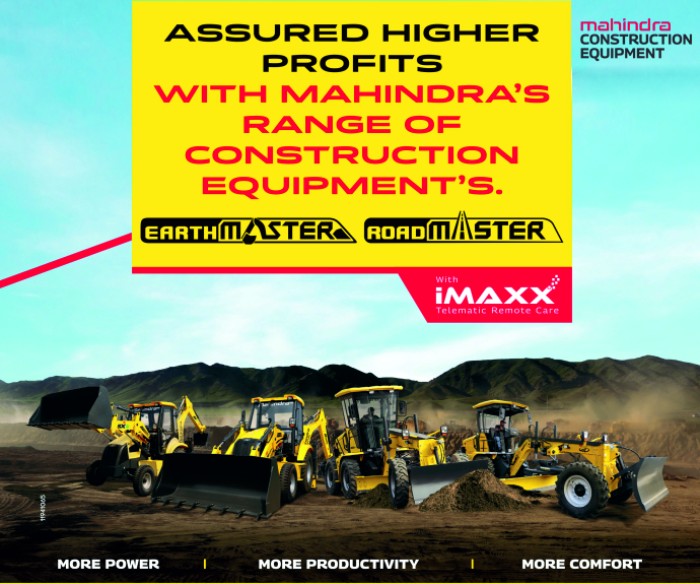
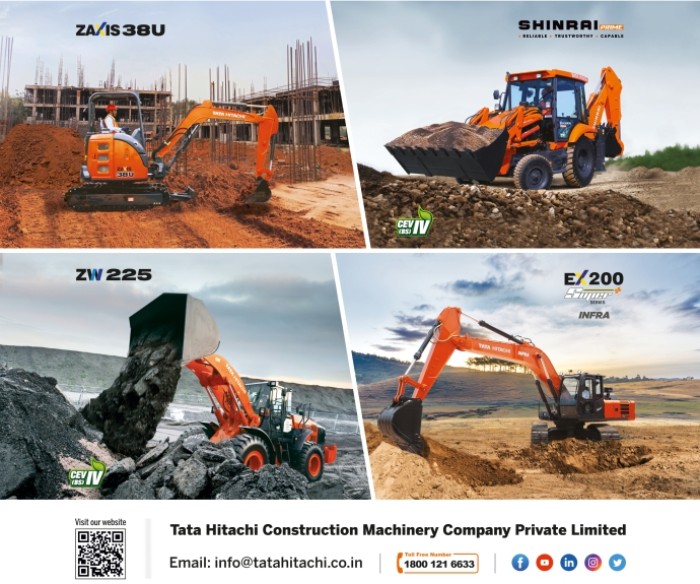



Leave a comment